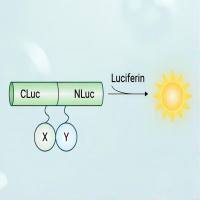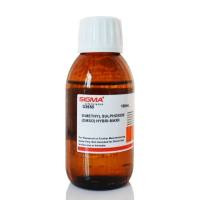Herpes simplex virus 1 (HSV-1) is a common and significant neurotropic human pathogen that infects 80% of all persons by adulthood. During acute HSV-1 infection, virus replicates peripherally in epithelia, enters axonal terminals, and is transported retrogradely to sensory nerve ganglia, where HSV-1 may establish latency or progress to life-threatening infection of the central nervous system. Studies of viral and host factors that influence pathogenesis have largely used experimental mouse models that rely on sacrifice of infected mice to determine distribution and titer of virus. Although this experimental paradigm has provided important data, it precludes real-time investigations of the same animal over the entire course of disease progression. This limits potentially significant insights from animal-to-animal variations in host-pathogen relationships. Unexpected sites of infection also may be missed because appropriate tissues are not analyzed for virus. To improve investigations of viral and host factors that determine HSV-1 pathogenesis, we have validated bioluminescence imaging (BLI) as a technique to monitor infection with a recombinant strain KOS HSV-1 virus that expresses firefly luciferase (FL). This imaging technique allows repetitive, noninvasive monitoring of HSV-1 in living mice. In this chapter, we describe the protocols that we use for in vivo BLI of HSV-1 infection.






